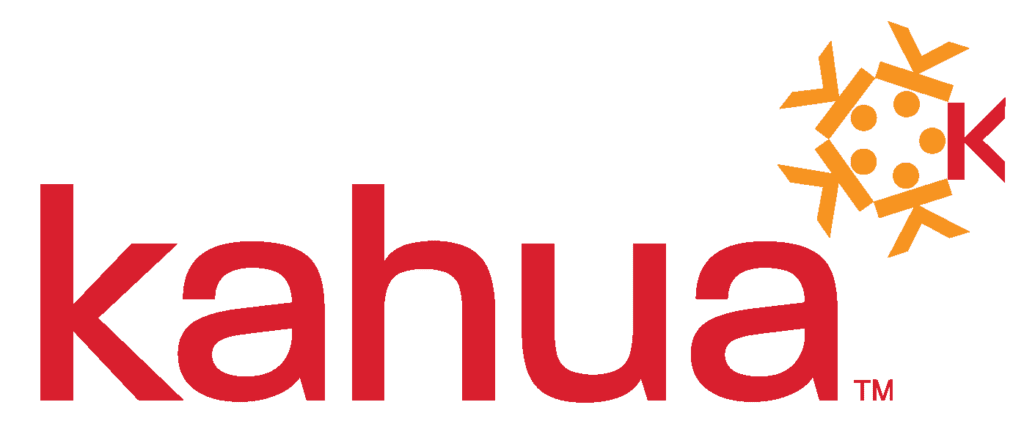test
Imagine your federal construction project as an exclusive VIP club. You’ve got the blueprint for the hottest spot in town, a killer vision and all the resources you need. But here’s the thing ... without the right security, it’s like throwing open the doors to just anyone. Chaos, confusion and a whole lot of headaches are bound to follow. That’s where compliance comes in and why having a proactive, secure PMIS is like hiring the toughest bouncer in the game.
The Bouncer at the Door
Think of your project management information system (PMIS) as the bouncer. Not just any bouncer, though. This one’s got the list, knows who’s supposed to be inside and who’s better off staying far, far away. A proactive PMIS doesn’t wait for trouble to show up. It’s checking credentials, verifying permissions and making sure everyone’s playing by the rules before they even step inside. For federal construction, that’s a game-changer. You can’t afford to let just anyone into the club, and you definitely can’t risk outdated processes sneaking in either.
Why Reactive Doesn’t Cut It
Now, picture a club where the bouncer only steps in once problems arise. By the time they act, the damage is done, and the vibe’s ruined. In federal construction, being reactive isn’t just a bad look ... it’s a disaster waiting to happen. Without a PMIS that’s always on its toes, monitoring, updating and enforcing security, you’re basically putting out fires instead of focusing on the real work.
Federal projects need to be airtight when it comes to compliance, handling sensitive data and keeping everything running smoothly. Waiting until something goes wrong? That’s just asking for trouble. And the cost of cleaning up a mess is way higher than doing it right from the start.
The Power of Proactive Security A compliant PMIS is all about staying ahead of the game. It’s not waiting for problems to pop up. It’s preventing them. From the moment you start planning your project, a proactive PMIS has got your back, making sure everything is secure and fully compliant with government regulations. It’s like having a bouncer who’s not just watching the door but also keeping an eye on everything inside, making sure nothing slips through the cracks.
A compliant PMIS is all about staying ahead of the game. It’s not waiting for problems to pop up. It’s preventing them. From the moment you start planning your project, a proactive PMIS has got your back, making sure everything is secure and fully compliant with government regulations. It’s like having a bouncer who’s not just watching the door but also keeping an eye on everything inside, making sure nothing slips through the cracks.
For federal projects, where the stakes are sky-high, this level of security is a must. Whether you’re building military bases, hospitals or government HQs, there’s zero room for security slip-ups. With the right PMIS, especially one that’s FedRAMP Authorized, you can know your project is locked down tight, with your “bouncer” always on duty, protecting what matters.
OB test below
Hear how BDR Partners transformed the way they manage their capital projects by using Kahua.
Transcript:
BDR had been using really rudimentary tools like Excel to do their project management and budget management. That's really the meat of what we want to present to our customers is accurate and clear budgeting information. And we just found that we were seeing too many, inconsistencies and tomany inaccuracies.
So we went to market to find a tool that would help us to enforce rules and help to make sure that all the calculations were being done correctly and we were presenting information to our clients the way that they needed to see it. And across all of the different tools in the market, Kahua was the one that matched us culturally and matched our needs the best. Kahua was a company that, we felt we could work with, and their tool is so adaptable that we felt that we could enforce the workflows that we like to work with. We could do signature processes across our contracts and change orders, and we just felt like taking it out of the box, we could use it, but we could also customize it and make it work for us the way that we work.
We had some project managers who were a little reluctant to jump on the Kahua bandwagon with us, and what we found was they were doing double duty, and they were entering data in Excel, and they were entering data into Kahua at the same time. And one of the really telling parts of Kahua and one of the reasons we love it so much now is that we've discovered that Kahua was keeping the guardrails on the projects, whereas Excel allowed our PMs to make too many changes.
And we discovered multi thousand dollar discrepancies that would crop up when a project manager would inadvertently enter something incorrectly in Excel, but Kahua always enforced the rules and always made sure that the calculations were correct. And we knew that what we were presenting to our our clients that we got out of Kahua was right. We could do better forecasting of future projects. So all of the data that we're gathering now in Kahua, when we enter something against an electrical line item, electrical is always electrical.
It's not, whatever our project manager decided to call it in Excel. The work breakdown structure in Kahua enforces the rules and makes sure that we have comparable data across all of our projects for us to do analysis on square footages or equipment costs. So we find that our projections for some of our our planning efforts are a lot more accurate now that we're using Kahua. BDR prides itself on being as open and transparent with our clients as we can be.
That is the way to build trust on a project team, and that's the way that we like to run our business from internal to external with our clients. And Kahoot allows us to do that. Our clients can see any documents that we upload into their project. They can see any of the budget data that is available out there.
That is the way to build trust on a project team, and that's the way that we like to run our business from internal to external with our clients. And Kahoot allows us to do that. Our clients can see any documents that we upload into their project. They can see any of the budget data that is available out there.
And we really pride ourselves, on being able to share with them and and give them that confidence in what we're doing.
And we really pride ourselves, on being able to share with them and and give them that confidence in what we're doing.


